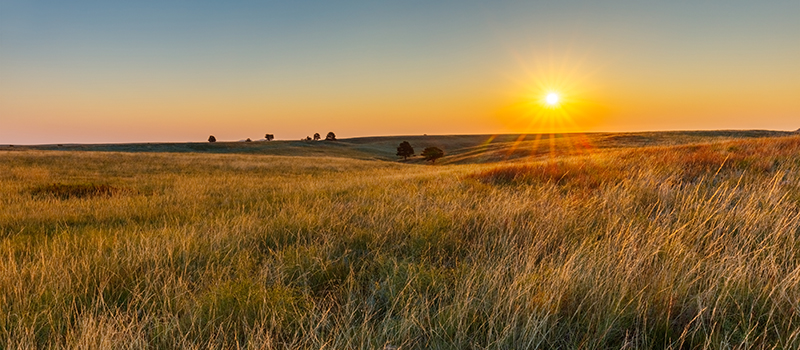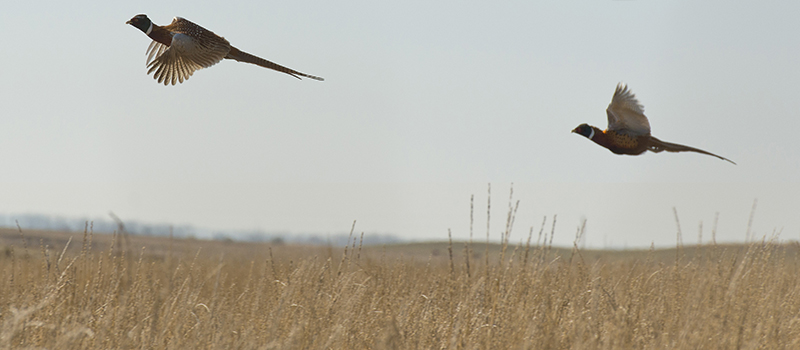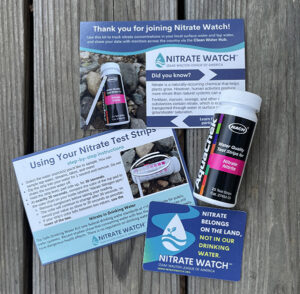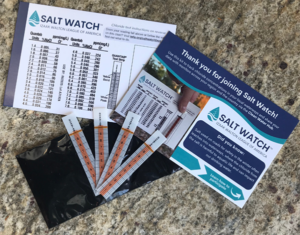Grasslands and sagebrush shrub-steppe systems are some of the most threatened ecosystems in the world. More than 70 percent of America’s tallgrass, mixed grass, and shortgrass prairies have vanished. Additionally, on average, about 1.2 million acres of sagebrush burn each year due to invasive annual grasses that fuel catastrophic wildfire.
Species from pronghorn and elk to ducks and pheasants are struggling to navigate fragmented landscapes. Total grassland bird populations have declined by more than 40 percent since 1966. Some species, like the lesser prairie chicken, teeter at the edge of extinction. Species that had been economically significant throughout American history, like the bobwhite quail, have seen declines of nearly 85 percent in the last half century.

A New North American Grasslands Conservation Act
While the remaining fragments of our once vast prairies still have abundant wildlife, they are quickly fading, along with their many ecological benefits. Grasslands are some of our planet’s most powerful carbon sinks and home to a stunning array of plants, insects and wildlife. Grasslands improve water quality for downstream users and have sustained Tribal nations and American ranchers for generations.
A new North American Grasslands Conservation Act would help kickstart the voluntary protection and restoration of grasslands – and the livelihoods and wildlife that depend on them – by creating a landowner-driven, voluntary, incentive-based program to conserve and restore threatened grassland and sagebrush steppe ecosystems. By enacting a North American Grasslands Conservation Act, we will keep working grasslands working. We’ll do so by providing voluntary technical and financial assistance that will increase the protection and restoration of our continent’s most imperiled ecosystem, while contributing to climate resilience, wildlife abundance and ranching livelihoods.
To learn more, check out the League’s North American Grasslands Conservation Act fact sheet or visit www.mapforgrasslands.org.

 Your kit will include a bottle containing 25 nitrate test strips which you can use to test your water source(s) throughout the year. You’ll also receive postcards explaining how to use your nitrate test strips and how to share your Nitrate Watch results on the Clean Water Hub.
Your kit will include a bottle containing 25 nitrate test strips which you can use to test your water source(s) throughout the year. You’ll also receive postcards explaining how to use your nitrate test strips and how to share your Nitrate Watch results on the Clean Water Hub. Your kit will include four test strips so you can test your waterway throughout the season. You’ll also receive a chart to help you interpret your results and a postcard with instructions for completing a Salt Watch test and reporting your findings.
Your kit will include four test strips so you can test your waterway throughout the season. You’ll also receive a chart to help you interpret your results and a postcard with instructions for completing a Salt Watch test and reporting your findings.